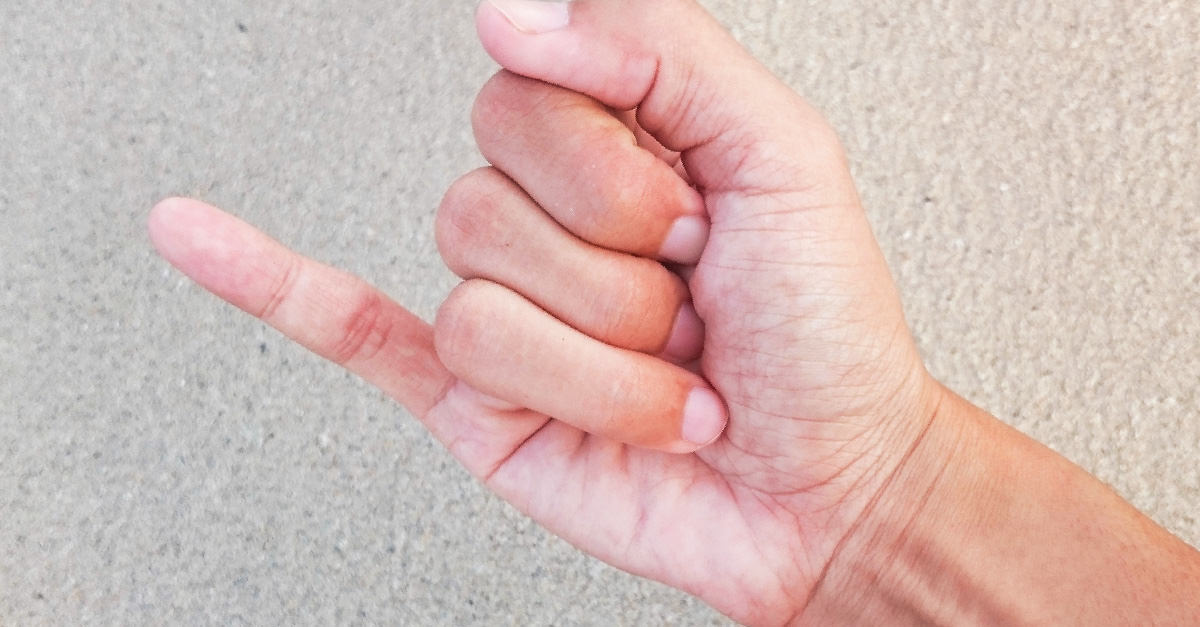50 percent of your hand strength comes from your pinky finger

50 Percent of Your Hand Strength Comes From Your Pinky Finger
Have you ever wondered about the strength and power behind your pinky finger? It may seem like the smallest and least important digit on your hand, but did you know that it actually contributes to a significant portion of your hand strength? In fact, studies have shown that approximately 50 percent of your overall hand strength comes from your pinky finger.
One of the main reasons behind this surprising fact lies in the intricate network of tendons and muscles within our hands. These tendons run along the length of our fingers, connecting to the muscles in our palm and wrist. When we grip something tightly, all the muscles and tendons in our hand work together to produce force, with each finger contributing its fair share.
The pinky finger may be small, but it plays a crucial role in stabilizing your grip. When you pick up an object, your pinky finger acts as a pivot point, providing balance and support. It helps to distribute the force evenly across all your fingers, allowing for a stronger grip overall. Without the pinky finger’s contribution, your grip would be weaker and less secure.
But why is the pinky finger so important for hand strength? One reason is that it connects to the ulnar side of your hand, which is responsible for providing stability and power. When you use your pinky finger, it activates the muscles on the ulnar side, enhancing your overall grip strength. Additionally, the pinky finger works in tandem with the ring finger, creating a synergistic effect that further boosts your grip.
Interestingly, many activities in our daily lives highlight the importance of the pinky finger in hand strength. For instance, when playing a musical instrument such as the piano or guitar, the pinky finger is often used extensively to hit specific notes or chords. Similarly, athletes who engage in gripping-intensive sports, like rock climbing or weightlifting, heavily rely on their pinky finger to maintain a strong hold and prevent slippage.
To optimize your hand strength and develop a balanced grip, it is essential to pay attention to the pinky finger. Various exercises and activities can help strengthen this often-neglected digit. Grip training tools, such as stress balls and grip strengtheners, can be used to target the pinky finger specifically. By incorporating exercises that focus on the pinky finger into your routine, you can improve your overall hand strength and enhance your performance in various physical activities.
In conclusion, the pinky finger plays a vital role in determining your overall hand strength. Contrary to its size, it contributes approximately 50 percent of your grip strength. Its ability to stabilize your grip and work in collaboration with other fingers makes it an integral part of your hand’s power. Whether you are a musician, athlete, or simply someone looking to improve their grip, don’t underestimate the importance of your pinky finger.
Source:


Share
Related Posts
Quick Links
Legal Stuff

